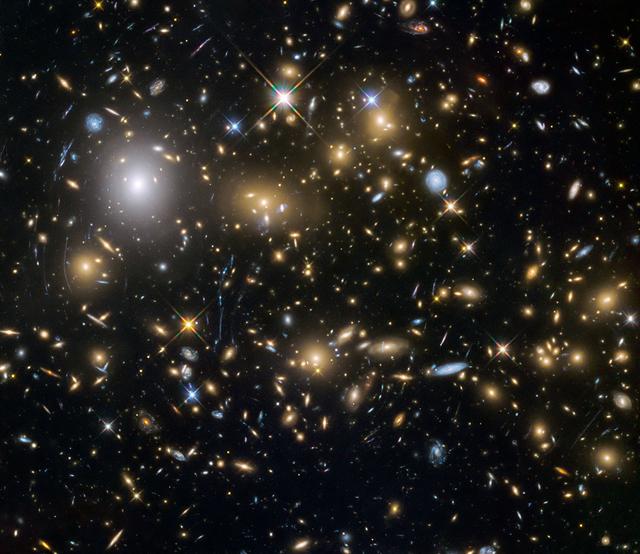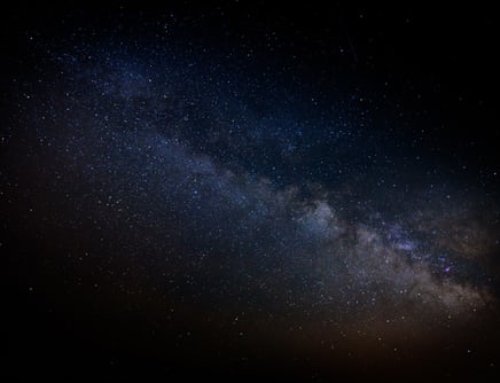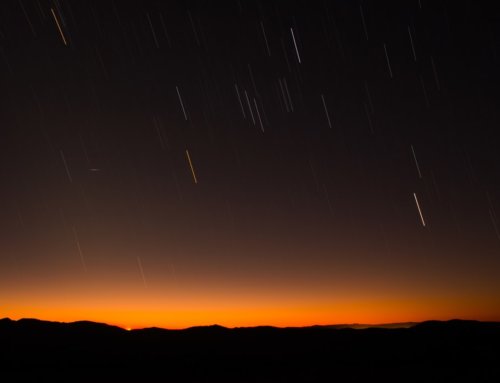Of course, when it comes to things like galaxies, the word “tiny” is relative. This heretofore unknown galaxy, christened Bedin I, is 3000 light years across. This means that it takes light 3000 years to cross from one end to the other. As for mileage, consider that one light year is 5.88 trillion miles.
But the galaxy is small in comparison to other galaxies. For example, the Milky Way, the galaxy where Earth is found, is 100,000 light years across.
Bedin I was discovered quite by accident. The Hubble telescope found it while it was looking for something else, which were stars in the globular cluster NGC 6752. The cluster is found around the center of the Milky Way. Globular clusters are old stars that orbit around the centers, or halos of galaxies in a sphere or globe. But in seeking out these old stars, Hubble found the minuscule Bedin I, which is 30 million light years away.
Bedin I is classified as a dwarf spheroidal galaxy. These galaxies are small, roundish, dim, don’t have much dust, tend to have old stars and are often companions to bigger galaxies. However, Bedin I is not connected to any galaxy, and the closest one is about 2 million light years away.
On further investigation, scientists found out that Bedin I is really old. Scientists believe the galaxy is about 13 billion years old, almost as old as the universe itself. They used spectroscopy to determine that it does not have much in the way of metals. Because metals are made in stars and are sent out into the universe when the stars die, the dearth of metals in Bedin I told scientists that the stars in this little galaxy are very old indeed. Scientists believe that Bedin I came into being all at once, and no stars have formed in it since. It may even be classified as a fossil that can tell scientists what the universe was like when it was young.
Bedin I is in the constellation Pavo, named after the goddess Juno’s peacock. Though it can’t possibly be seen with the naked eye, it would be in the southern hemisphere, right ascension 19 hours 10 minutes and 45.41 seconds and declination – 59 degrees, 55 minutes and 04.32 seconds. It was named after Luigi Bedin, the Italian astronomer who led the team that discovered it.






